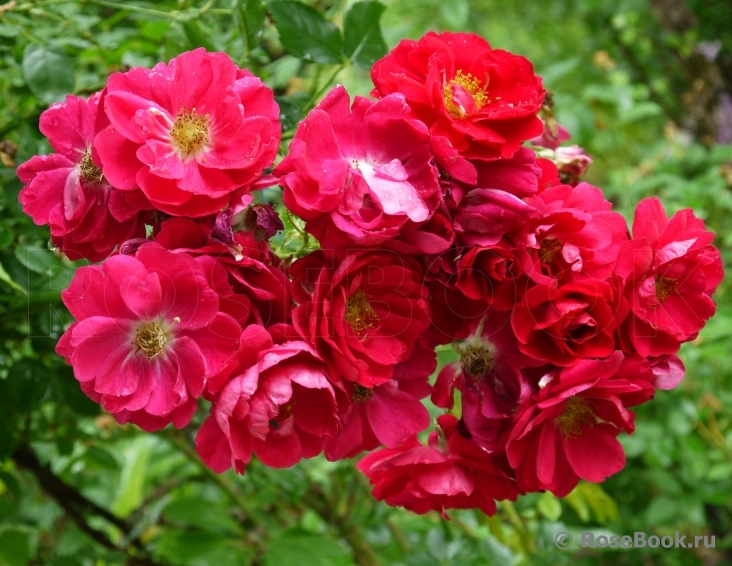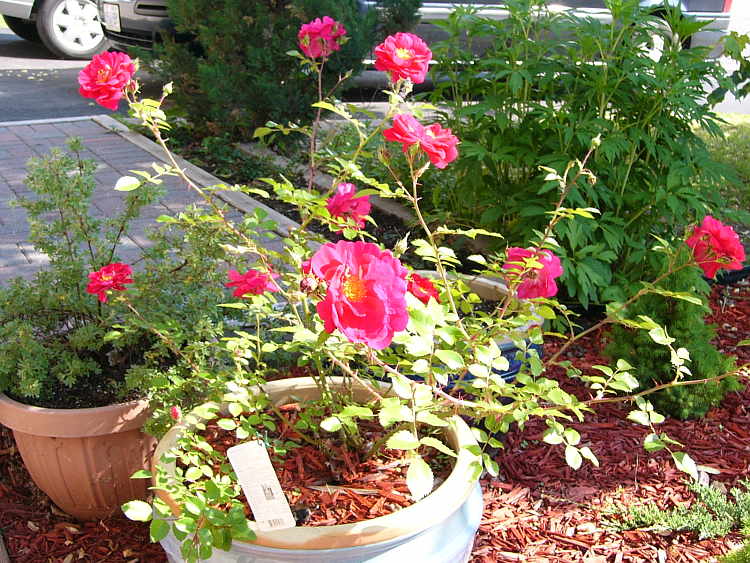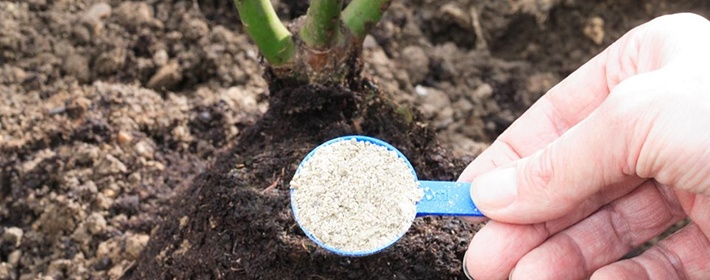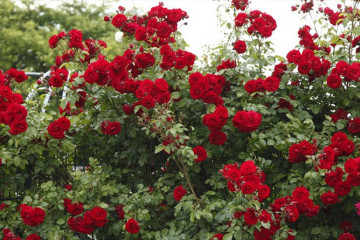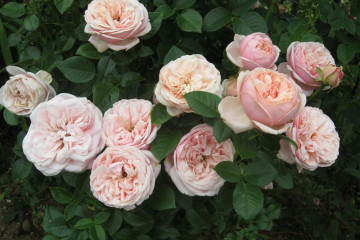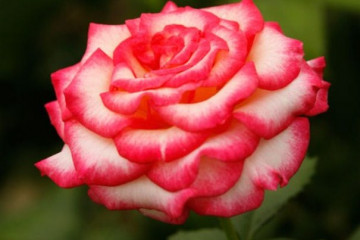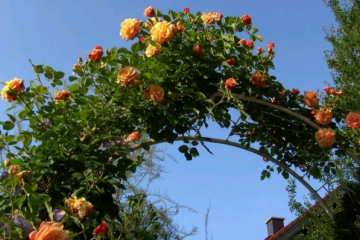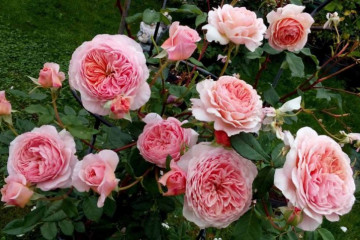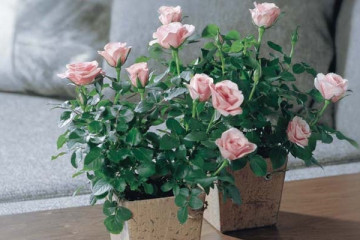Rose Henry Kelsey - planting and care of the crop
Content:
Henry Kelsey's rose is one of the many varieties of roses bred by Canadian breeders in the mid-20th century under the direction of Isabella Preston. This charming beauty rose got its name in honor of a British traveler who went to the inhospitable shores of Canada in order to develop rich natural resources. The Traveler's Diary, found in the early 20th century, was full of interesting discoveries and incredible adventures. Impressed by what they had read, the breeders decided to give his name to a wonderful rose of an expressive scarlet or purple color.
Description and conditions of detention
All Canadian rose hybrids are distinguished by high decorativeness and excellent characteristics. Henry Kelsey was no exception. Being a thorny bush, this rose grows on average up to 2-2.5 meters, beautifully wrapping around a garden arch, trellis or fence. In warm climates, where there is no risk of prolonged winter and short night frosts, the branches of the flower can reach 4 meters, covering the facade of the house.
This rose variety is very popular with gardeners. This is due to the fact that the inflorescences collected in the brush form amazing cascades and look very impressive in the garden landscape, from late spring to the first autumn frosts. In addition, flowers, especially in the first wave of flowering, exude an amazing spicy aroma.
Seedling selection and planting rules
Since the Henry Kelsey rose is not a rare variety, it is easy to find it on the shelves of flower supermarkets or specialty stores. But you should take a responsible approach to the choice of planting material, since the survival rate of the bush depends on this. It is necessary to choose 1.5-2-year-old seedlings with a well-developed root system and several lignified stems with dormant buds without signs of damage.
The root collar of the plant must be at least 8mm.If the seedling is in a decomposable container with a peat mixture, then the flower can be planted immediately in the ground with it. This will shorten the survival time, since the roots will not be exposed to any influences.
Boarding time
The best time to plant a prickly canada in the ground is the end of May, when the danger of night frosts has passed. Despite the fact that this variety is considered frost-resistant, an even temperature regime is required for successful rooting.
Seat selection
The choice of a planting site will determine the continued existence of the rose in the garden. If you plant a rose in the shade, then you will not have to count on rapid growth and abundant flowering, since this flower loves well-consecrated places. In addition, you should not plant this rose in open, not protected from strong winds, places. If the planting site is in a lowland, then the air accumulating in cold, snowless winters will contribute to its freezing.
What kind of soil is needed
The soil for Henry Kelsey should be loamy. This will allow moisture to remain in it for a long time and, at the same time, not to stagnate.The acidity should correspond to 6.5 Ph. By the way, to determine this indicator, you should use test strips that can be purchased at any flower shop.
If it turns out that the soil is not acidic enough, then this is not difficult to fix by adding sawdust or peat to it. If the soil is excessively acidic, then adding dolomite flour, eggshells or ash to the planting site will help.
Planting process
If a rose rooted in a container is planted, the hole should be larger than if a cutting with a bare root system was planted. As soon as the hole for planting is dug, it should be well shed and a little nutrient mixture of humus, sand and peat should be added. It is necessary to deepen the stalk into the hole in such a way that the root neck of the rose is deepened by about 2-2.5 cm.
Care after landing
Caring for a Canadian rose comes down to following simple rules. It is necessary to monitor the moisture content of the soil, avoiding both excessive waterlogging and drying out of the soil. It is also necessary to prune broken or frozen branches.
If fertilization is applied in a timely manner, then the rose will thank the grower with especially lush flowering. This is done this way: in the spring it is necessary to apply fertilizer containing nitrogen, and in the middle of summer - to feed the plant with potassium and phosphorus.
Diseases and methods of dealing with them
It is believed that Canadian-bred roses are resistant to all sorts of diseases. However, this particular variety does not differ in these qualities.
Rose Henry Kelsey is quite often affected by powdery mildew and black spot. This can lead to dropping of the buds, and even to the death of the plant. If the first signs of these dangerous fungal diseases are noticed, you need to immediately begin to fight them. First of all, all affected leaves and branches should be removed from the bush, all weeds around the plant should be removed and the soil around the bush should be thoroughly loosened.
Spraying with fungicides is carried out in calm weather, in the early morning or evening. The bush should be irrigated completely, capturing the lower surface of the leaves 2-4 times, depending on the extent of the disease.
Preparing for winter
In many ways, the success of growing the Canadian rose by Henry Kelsey depends on how well the flower is prepared for wintering. It is believed that this variety of roses is extremely hardy and does not require shelter for the winter. However, young annual bushes should still be covered with non-woven garden material during the winter. Alternatively, you can add snow to the base of the bush to provide root protection.
No less dangerous for this flower can be the winter sun, which can cause serious burns to unprotected branches. If such a situation arises, it is imperative to shade the plant with the same garden fabric.
Reproduction of a rose at home
Henry Kelsey's Canadian climbing rose is fairly easy to propagate on its own. To do this, you can use healthy, faded shoots after pruning the bush. Midsummer is the most favorable time for rooting.
The cut should be about 30 cm long and the bottom cut should be at an angle. All leaves except the top two must be removed. Before planting in open ground, you need to place the shoot in a root solution for several hours.
The step between the seedlings should be observed. For this type of rose, it must be at least one meter. After deepening the seedling into the soil, spill the rose abundantly and cover it with a plastic cap to create a greenhouse effect.
If the planting rules have not been violated, then the final rooting of the flower will occur by autumn.
Growing from seeds
Some gardeners take particular pleasure in growing Canadian roses from seeds. However, it should be remembered that it can take several years from placing a seed in the ground to the first bud.
If the planting material was purchased not in a store where the package contains a step-by-step description of the process of growing a flower, then you need to follow the following algorithm:
- Stratify the seeds by placing them in the refrigerator.
- Disinfect with an antiseptic.
- Place them in a container of peat mixture.
- Spill liberally.
When the first shoots appear, the water-temperature balance should be observed. The soil should not be overly moistened, but drought of the soil is not acceptable. The optimum temperature for seedlings is 20-22 ° C.
The fiery Canadian - the rose of Henry Kelsey - is able to decorate not only a cozy garden plot, but also a respectable park landscape of the city garden.
